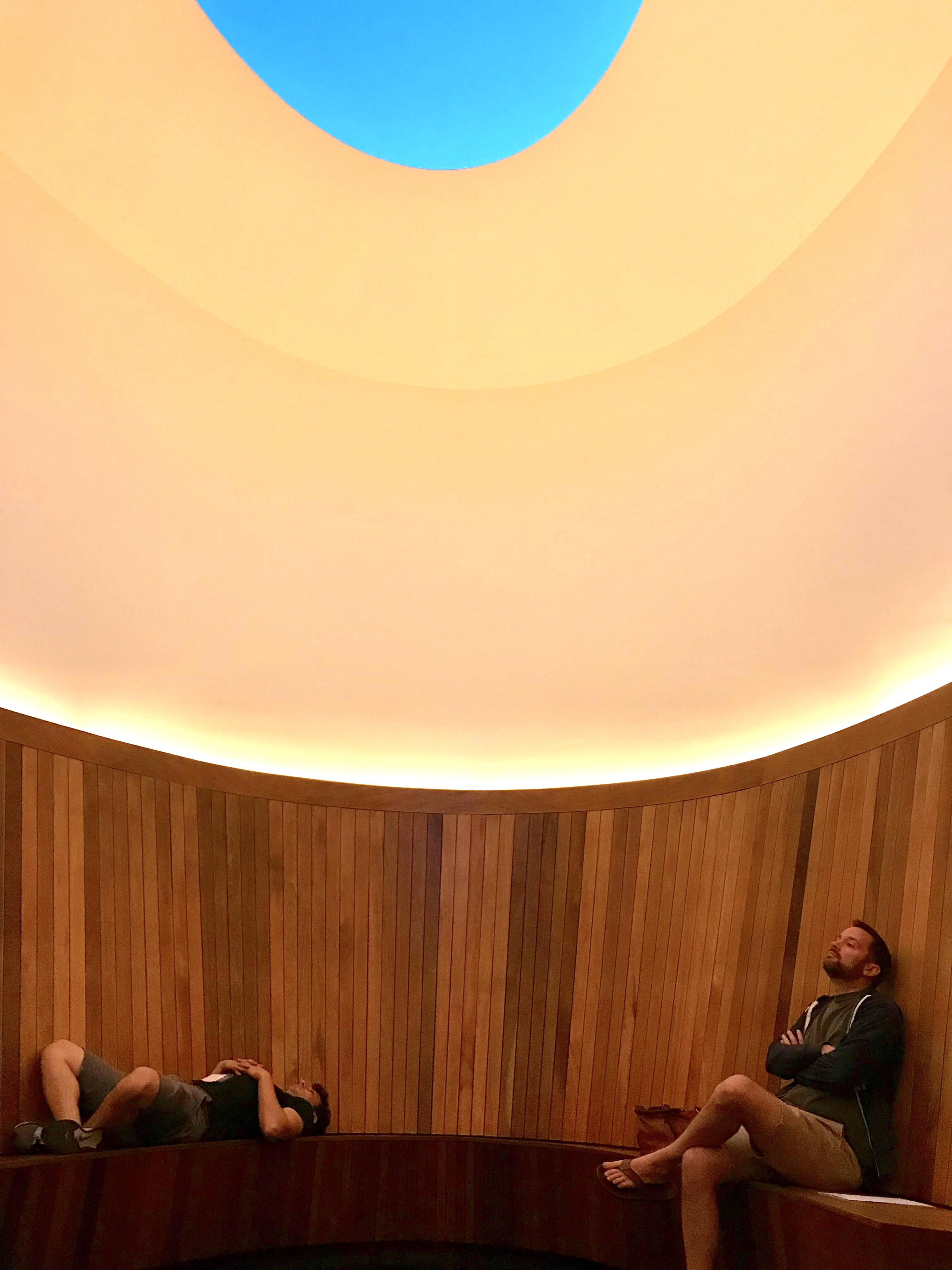
If you use elevators regularly, you have had awkward elevator moments. Confronted with being in close quarters with total strangers, most of us face the door and stare straight ahead. However, which way do you face when the elevator opens on two sides? It may be time to check your phone even though everyone knows you can’t get a signal. Similarly, have you ever felt uncomfortable walking past a homeless person on the street and pretended to be occupied so you would not have to look them in the eyes or acknowledge them? It is easy to put in earphones, perhaps put on a pair of sunglasses and retreat into our personal space — eventually becoming numb to our connection to those around us. What is curious about these experiences is they expose the tension that exists between our personal lives and our public responsibilities.
I have always contended that there are two essential questions that every thoughtful maker must ask. First, how should one live on this planet? And second, how should a person live among the other people inhabiting this planet? Whether these questions are pondered consciously or unconsciously the answers are imbedded in our actions and everything we produce. Unfortunately, the tension between our individual rights and our responsibility to one another are regularly weaponized for political gain. Regardless, this seeming tension can’t be reduced to a simple formula or zero sum game. Healthy personal and public interactions are essential to living a good and meaningful life. The balance between our public and private lives, our solitude and meaningful engagement, therefore, requires our attention.
What is so profound about the space shown here is the masterful blending of our private and public experience. The space was conceived by James Turrell, completed in 2003 and is located next to the Henry Art Gallery on the University of Washington campus. It is a translucent, oval shaped cylinder that appears to float above the ground and is accessed by a narrow bridge from the second floor of the gallery.
The form does not touch the gallery building — set apart as an autonomous volume. You must travel outside and cross the short bridge in order to enter the volume. At the base of the interior walls is a continuous wooden bench that raps the perimeter. A tall backrest made of the same wood as the bench and floor circles the space, creating a unifying backdrop for the human figures inside. The only aperture in the room, other than the entry, is an oval oculus in the ceiling that is open to the sky. The edges of the oculus are so thin that the sky appears to be painted on the ceiling.
Although deeply personal, the experience is intended to be shared with others, perhaps a friend, a group of friends or complete strangers. The intimate circular seating arrangement allows everyone to focus on the oculus — magically framing the ever-changing heavens. However the arrangement also graciously demands that the individuals in the space recognize and respect one another — the reverent acknowledgement of fellow human beings. It is difficult to make work that establishes harmony between two seemingly opposing forces. Turrell’s masterwork strikes that unique and powerful balance, melding our deep need for solitude and human connection.
